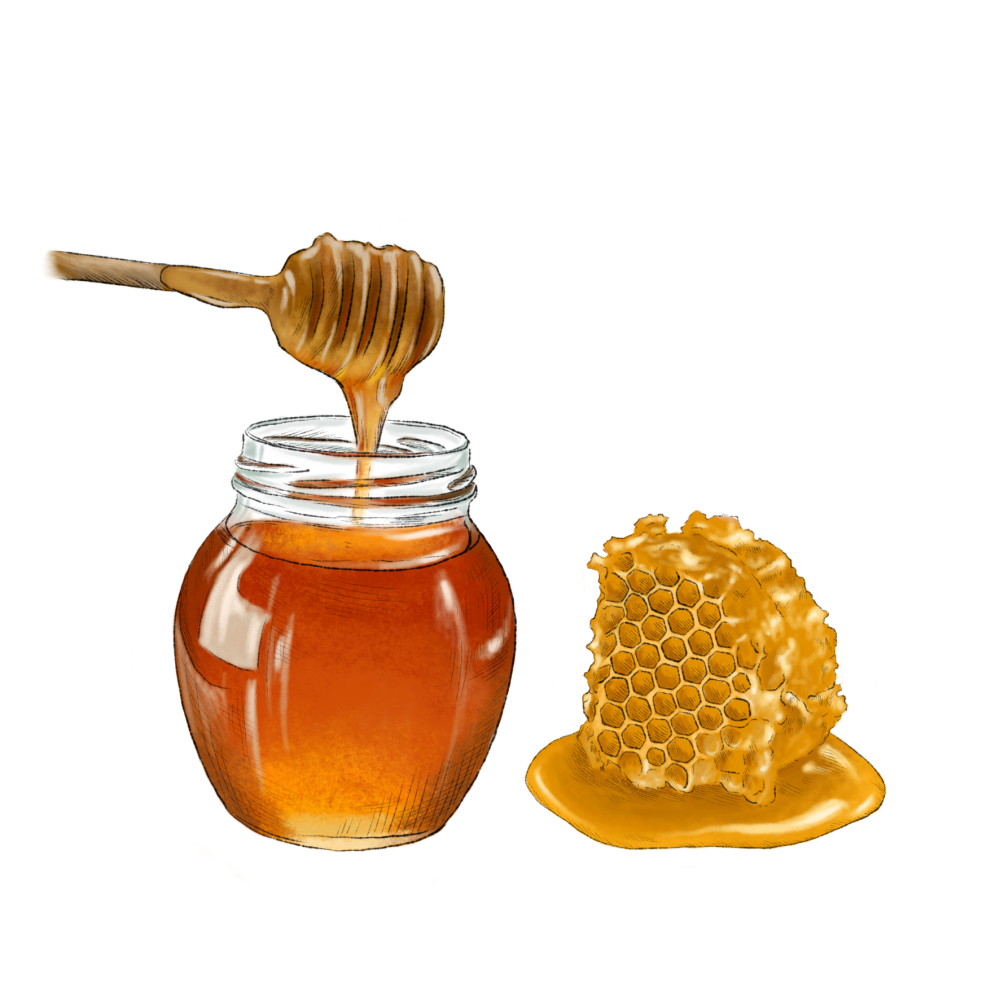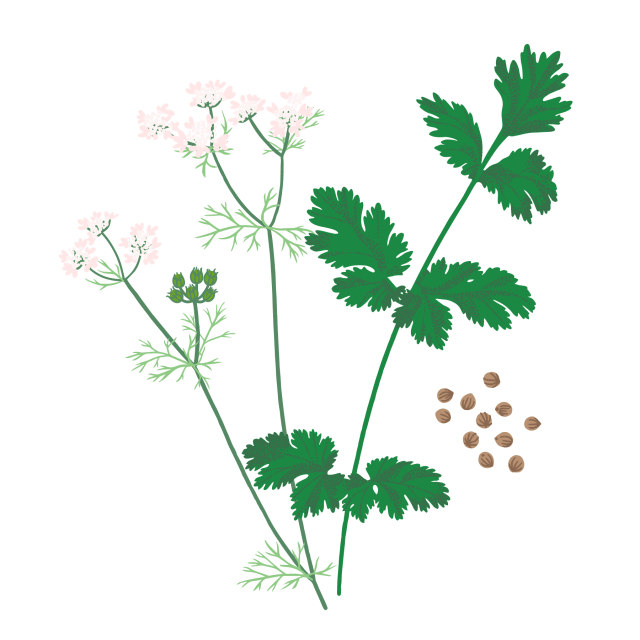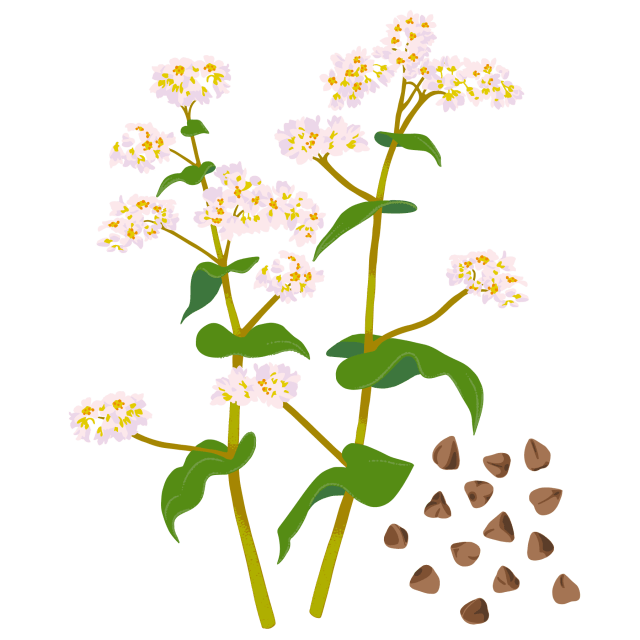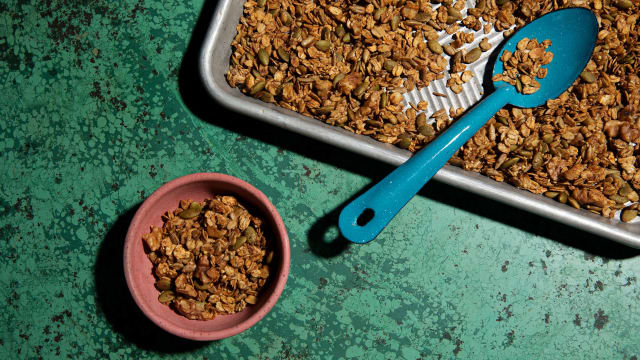Honey

Latin name: Apis spp. (honeybee product)
Uses: sweetener, flavor
What is honey?
A thick, sweet substance, honey is produced by a variety of bees known collectively as honeybees. Bees make it by carrying nectar from flowers to their hives, where it’s stockpiled in cells to use as a food. The nectar slowly evaporates and, with the help of enzymes from the bees’ mouths, transforms into a thick, amber-gold to dark brown treacle. It’s not really liquid but becomes thinner with heat and more viscous as it cools.
Why is honey healthy?
Nutritionally, honey is mostly sugar, with some additional vitamins, minerals, and antioxidants, so it should be consumed in moderation. However, due to its bioactive content honey does have powerful health benefits. The type of bioactives in honey depends on the type, which varies by bees, nectar, and geography. Honey contains antioxidants and the bioactive chrysin that help turn on genes that fight oxidative stress so it may protect against type 2 diabetes, and also may help lower blood pressure and improve triglycerides.
Additionally, there is evidence that honey has some antiseptic properties and can be used to treat burns. You shouldn’t feed infants honey until after their first birthday because of the risk of infant botulism. While it’s commonly believed that eating honey can prevent or treat bee or seasonal allergies, there is no evidence supporting that notion. Finally, several studies have found honey to be effective at relieving cough symptoms and reducing the duration of coughs.
What does honey taste like?
Honey tastes like the flowers from which the nectar came; pumpkin blossom honey tastes like sweet pumpkin pie, cilantro honey tastes faintly of coriander seeds, orange blossom honey tastes like neroli. Buckwheat honey and mānuka honey each have a distinct and complex earthiness that edges on slightly bitter, and acacia honey has a light and delicate flavor. Most of the honey in mainstream American grocery stores comes from clovers (the “honey bear” honey) or an indistinct mix of wildflowers, providing the “classic” or generic honey flavor.
How do I use honey?
Honey’s main use is to sweeten foods and beverages, but it’s also an interesting preservative for transforming other foods; it’s sometimes used to preserve whole garlic cloves. Drizzle it onto or into anything you want to sweeten. If your honey gets crystallized (which can happen if it sits around for a while) just pop the container into a pot of hot water or microwave it for a few seconds to re-liquefy.
What does honey pair well with?
Because there are so many types of honey, there is really a honey for just about every purpose. Honey is really at home with florals flavors like orange blossom water and elderflowers, wonderful stirred into tea (especially chamomile), loves melted butter and warm biscuits, and plays beautifully with semolina, grapes, citrus, and olive oil in a cake. Mix it with hot apple cider, lemons, and a cinnamon stick for a soothing toddy. It’s really lovely when used to sweeten savory foods, too. Try it in your favorite barbecue sauce or baked beans, where it will enhance smoky and salty flavors.
Where does honey come from?
To put it bluntly, honey comes from the mouths and guts of bees (it’s regurgitated nectar). Most of the world’s honey comes from apiaries in China, where the bulk of the world’s honey is produced; however, the United States gets most of its honey imported from Vietnam, Argentina, and India.
How do I buy honey?
If you can find a local beekeeper selling honey, you’ll never find a more distilled flavor of your area. It’s one of the nicest ways to experience your region’s terroir. Most farmers markets have at least one honey vendor, but nowadays even mainstream grocery stores will typically have at least a few different types of honey on offer. Unadulterated honey doesn’t ever go bad, but if you don’t use it very often it can be a good idea to buy jars rather than squeeze bottles, since jars are safer to reheat if the honey crystallizes.
Fun honey fact:
Ancient Egyptians across all socioeconomic strata used honey. They used it for skin care, to embalm the dead, and honey from 3,500 BCE was discovered in the tomb of King Tutankhamen. However, Egypt no longer lays claim to the world’s oldest honey specimen; in 2003, honey dating back to 2000 years earlier was found in artifacts in the Republic of Georgia.




